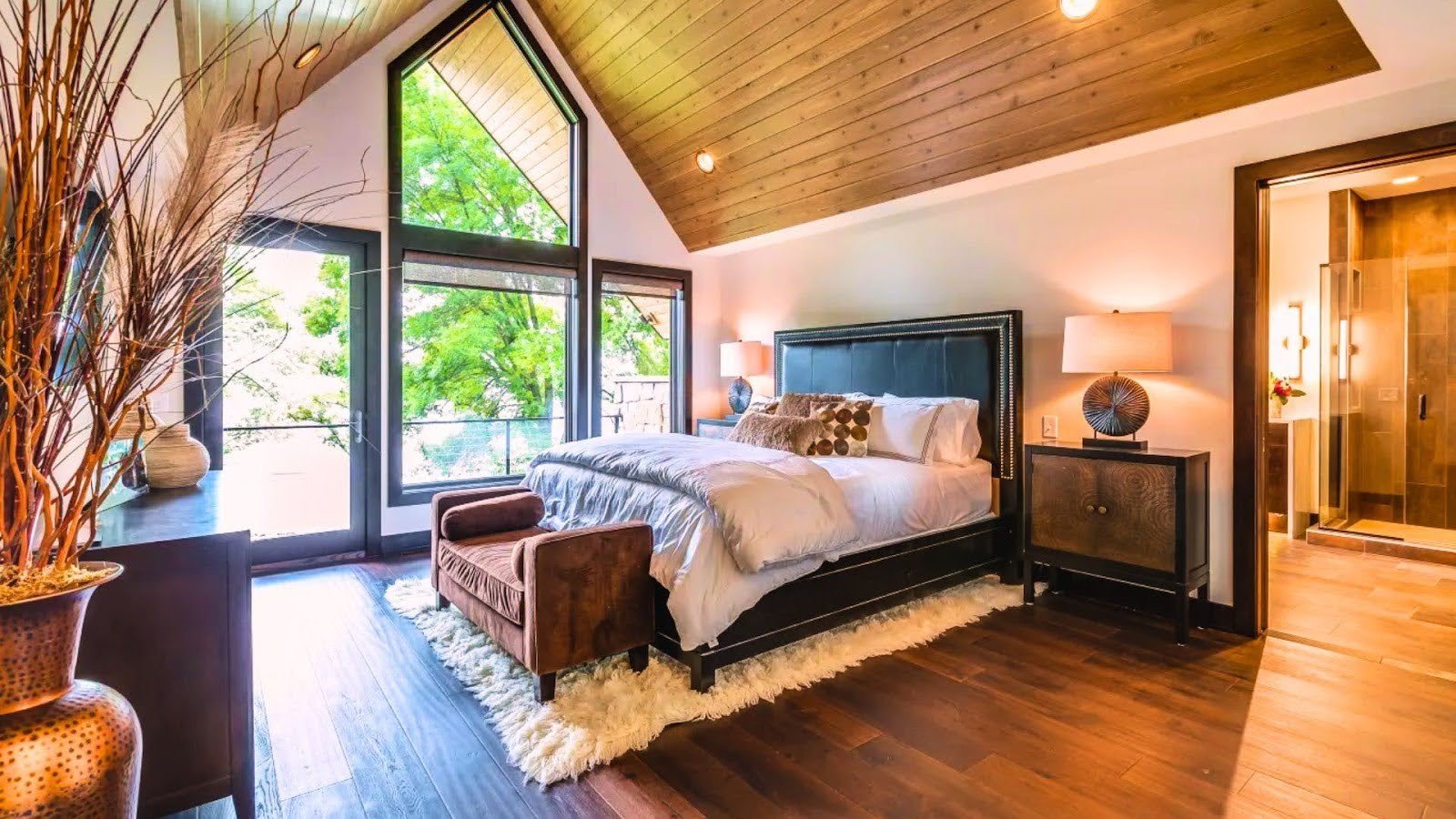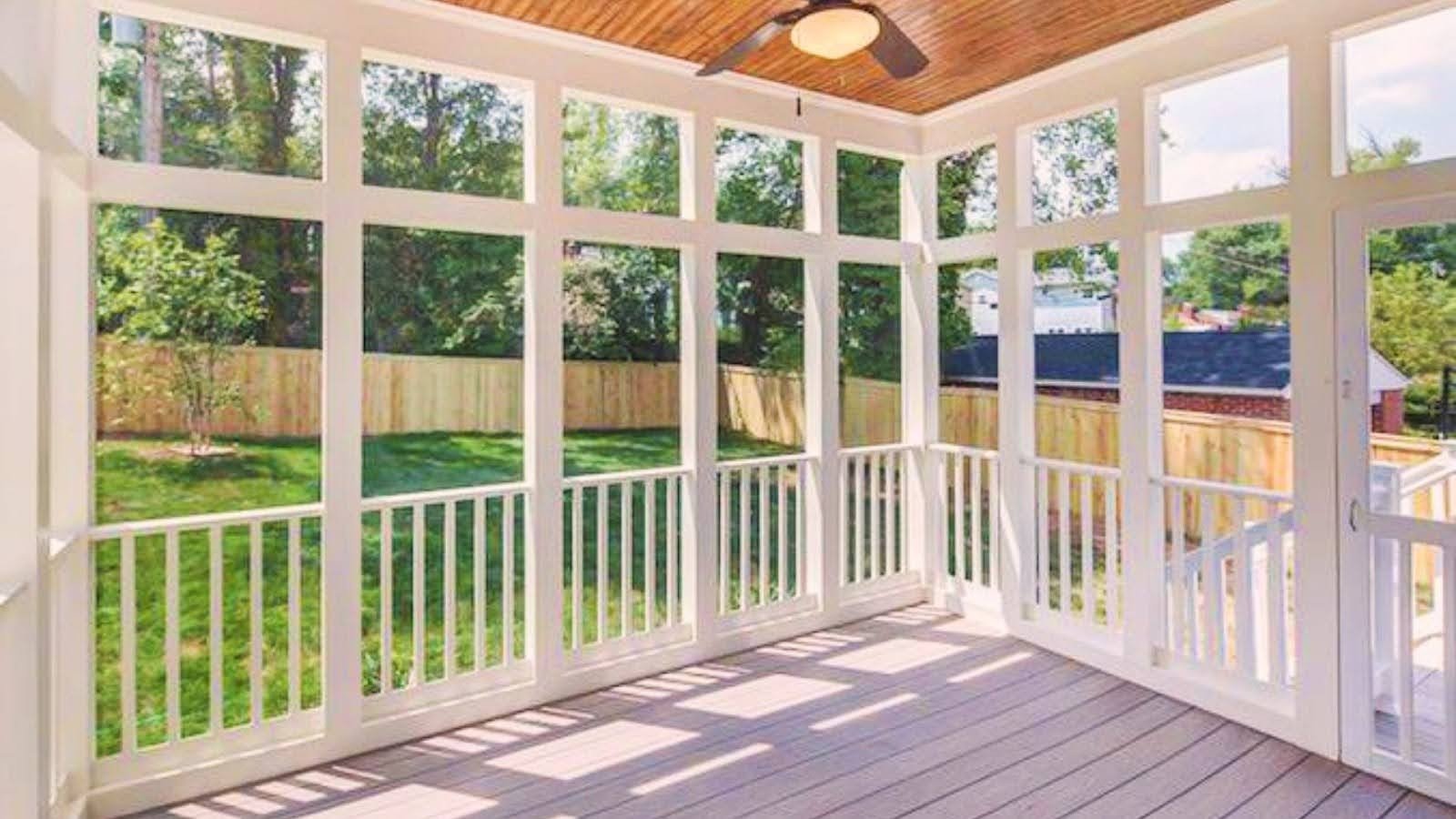Home additions solve space problems without the stress of moving. As construction costs have risen 15% since 2023, knowing exact pricing helps you budget correctly.
Based on industry data from the National Association of Home Builders, most additions cost $45,000 to $250,000. The per-square-foot rate runs $80 to $200, depending on complexity.
Quick examples: A bedroom addition averages $35,000. Kitchen expansions typically cost $80,000 to $150,000. Two-story additions start at $100,000. Local building codes, material availability, and contractor demand affect these prices significantly.
What Is the Cost to Add an Addition to a House?
The national average for home additions falls between $90,000 and $180,000. Most homeowners spend around $135,000 for a mid-range project.
Cost per square foot typically ranges from $80 to $200. Simple additions like basic bedrooms cost less per square foot. Complex spaces with plumbing and electrical work cost more.
For example, a 200-square-foot bedroom addition might cost $20,000 to $35,000. A 300-square-foot kitchen expansion could run $60,000 to $120,000. The final price depends on your specific needs and local costs.
Factors That Influence the Cost
Several key factors affect your addition’s final price. Size matters most – larger spaces cost more. The type of room also makes a big difference, as kitchens and bathrooms need expensive plumbing and electrical work.
Materials and finishes can double your costs. Basic materials keep prices low, while high-end options increase expenses quickly. Labor costs vary by location, with urban areas typically charging more than rural regions.
Building permits and local rules add to expenses. Some areas require special inspections or have strict building codes. Going up costs less than building out, but structural changes can be complex. Hidden problems like old wiring or foundation issues can add thousands to your budget.
Average Cost by Addition Type
Different types of additions have different price ranges. Your choice depends on your needs, budget, and home layout. Here’s what you can expect for common addition types.
Bedroom Addition

A basic bedroom addition costs $25,000 to $50,000 for a simple 12×12 room. This includes basic flooring, walls, windows, and electrical work.
Larger master bedrooms with walk-in closets run $40,000 to $80,000. Adding a private bathroom increases costs by $15,000 to $25,000.
Bathroom Addition

A basic half-bath addition costs $15,000 to $30,000. This includes a toilet, sink, and basic fixtures in a small space.
Full bathroom additions range from $35,000 to $65,000. Luxury bathrooms with high-end fixtures and tile work can cost $75,000 or more.
Kitchen Expansion

Kitchen additions are among the most expensive projects. Basic expansions start at $50,000 to $80,000 for simple layouts.
Full kitchen additions with high-end appliances and custom cabinets cost $100,000 to $200,000. The price includes plumbing, electrical, and ventilation work.
Sunroom or Screened Porch

Three-season sunrooms cost $15,000 to $40,000 for basic models. These spaces don’t include heating or air conditioning.
Four-season sunrooms with climate control range from $25,000 to $60,000. Screened porches are usually the cheapest option at $10,000 to $25,000.
Family Room

Basic family room additions cost $30,000 to $60,000 for simple rectangular spaces. This includes basic flooring, walls, and electrical work.
Large family rooms with vaulted ceilings or fireplaces cost $50,000 to $100,000. Entertainment centers and built-in features add to the price.
Two-Story Addition

Two-story additions cost $100,000 to $300,000, depending on size and features. The first floor typically costs more due to foundation work.
Second floors are often bedrooms and bathrooms. Complex rooflines and structural changes can increase costs significantly.
Specialty Spaces (Home Office, In-Law Suite, Laundry Room)

Home offices cost $20,000 to $50,000 for basic setups. In-law suites with kitchens and bathrooms range from $60,000 to $150,000.
Laundry room additions are usually the cheapest at $8,000 to $20,000. These simple spaces need basic plumbing and electrical connections.
Additional Cost Components
Beyond the basic construction, several other costs add to your total budget. These often-forgotten expenses can increase your final bill by 20% to 30%.
Site preparation includes clearing land, excavation, and grading work. Foundation costs depend on your soil type and local building codes. Roofing work connects your addition to the existing house and must match your current style.
Plumbing, electrical, and HVAC work require licensed professionals. New bathrooms and kitchens need water lines and drain connections. Electrical panels might need upgrades to handle additional load. Heating and cooling systems often require extensions or new units.
Flooring and finish work complete your addition. This includes walls, paint, trim, doors, and windows. High-quality finishes cost more but add value to your home.
How to Plan and Budget for a Home Addition
Start by setting a realistic budget that includes a 10% to 20% buffer for unexpected costs. Most projects go over budget due to changes or hidden problems.
Get at least three estimates from licensed contractors. Compare their proposals carefully and check references. Don’t automatically choose the lowest bid – quality matters more than price.
Standard designs cost less than custom work. Pre-made plans save on design fees but might not fit your exact needs. Permits take time to get, so plan. Some approvals take months, especially in busy areas.
ROI of a Home Addition
Home additions typically return 60% to 70% of their cost when you sell your house. Kitchen and bathroom additions usually have the highest returns.
Bedroom and family room additions also add good value. These spaces make your home more appealing to families. Specialty spaces like home offices became more valuable after 2020.
The long-term benefits go beyond money. You get to enjoy the extra space while you live there. Additions can also help you avoid moving costs and keep you in a neighborhood you love.
Conclusion
Construction industry data shows additional costs vary widely based on location and materials. Licensed contractors report the $45,000 to $250,000 range remains accurate for 2024-2025 projects.
Smart planning includes 15-20% contingency funds and multiple contractor bids. Building permits typically add $500 to $3,000 to total costs, depending on local requirements.
Remember that quality contractors book months ahead, especially during peak building season. Contact local building departments early for permit requirements. Professional consultation ensures your project meets codes and maximizes your investment return.
Frequently Asked Questions
What Is the Cheapest Type of Home Addition?
Screened porches and basic sunrooms are usually the cheapest additions. These spaces cost $10,000 to $25,000 and don’t require complex plumbing or electrical work. Simple shed additions for storage are also budget-friendly options.
How Long Does It Take to Complete a Home Addition?
Most home additions take 3 to 6 months to complete. Simple projects like basic bedrooms might finish in 2 to 3 months. Complex additions with kitchens or bathrooms often take 4 to 8 months. Weather and permit delays can extend timelines.
Is It Cheaper to Build Up or Build Out?
Building up is usually cheaper than building out. Second-story additions don’t require new foundations or site preparation. However, structural changes to support the new floor can add costs. Building out needs more land and foundation work.
Do I Need a Permit for a Home Addition?
Yes, most home additions require building permits. Even small projects often need permits for electrical and plumbing work. Check with your local building department before starting. Permits protect you and ensure the work meets safety codes.
Can a Home Addition Be Financed?
Yes, several financing options exist for home additions. Home equity loans and lines of credit are common choices. Some contractors offer financing programs. Cash-out refinancing can also provide funds for major projects. Compare rates and terms carefully.

